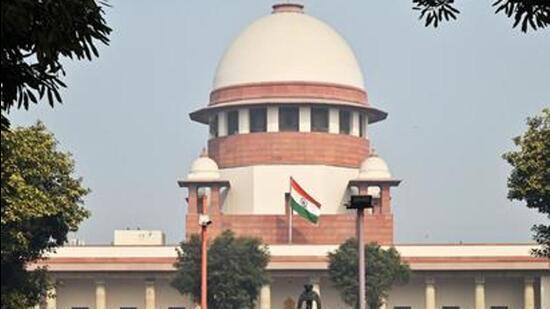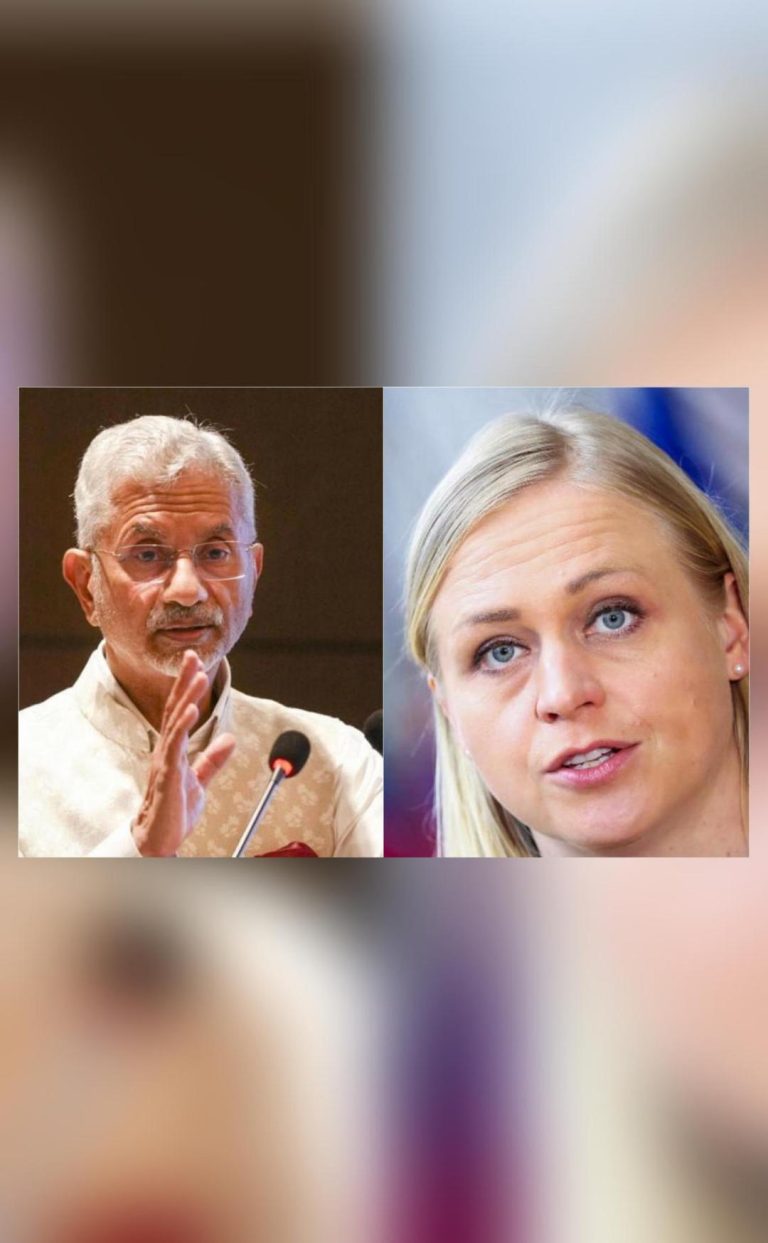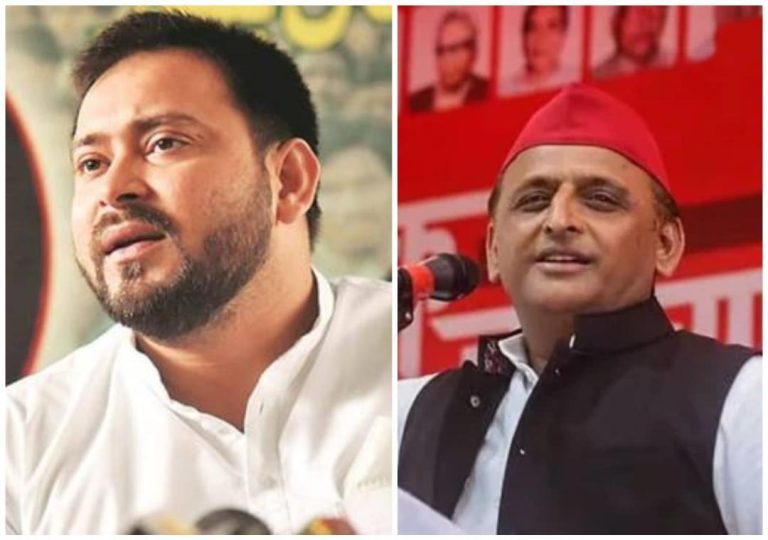
Calling someone ‘Miyan-Tiyan’ & ‘Pakistani’ not an offence: Supreme Court
In a recent verdict, the Supreme Court of India has ruled that calling someone “Miyan-Tiyan” and “Pakistani” is not a criminal offence. The court’s decision came in response to a case filed against an 80-year-old man who was accused of hurling abuses at an Urdu translator in Jharkhand. According to reports, the translator had filed a complaint against the elderly man, alleging that he had used abusive language and made derogatory remarks against him.
The case gained national attention, with many people expressing their outrage and shock at the alleged behavior of the elderly man. However, in a surprising twist, the Supreme Court has now ruled that the remarks made by the elderly man do not constitute an offence. The court’s decision has sparked debate and raised questions about the limits of free speech and the nature of religious sentiments.
According to the court’s verdict, while calling someone “Miyan-Tiyan” and “Pakistani” may be considered in poor taste, it does not amount to hurting the religious sentiments of the person targeted. The court’s decision is seen as a significant development in the ongoing debate about the nature of freedom of speech and the limits of religious tolerance in India.
The case in question began when the Urdu translator filed a complaint against the elderly man, alleging that he had used abusive language and made derogatory remarks against him. The translator alleged that the elderly man had hurled abuses at him, calling him “Miyan-Tiyan” and “Pakistani”. The translator claimed that the remarks were made in a public place, and that the elderly man’s behavior was intended to humiliate and intimidate him.
The police initially registered a case against the elderly man under provisions of the Indian Penal Code (IPC) that deal with intentional insult with intent to provoke breach of peace. However, the case was subsequently transferred to the Jharkhand High Court, which directed the police to investigate the matter further.
The case was later taken up by the Supreme Court, which heard the arguments of both parties and delivered its verdict. The court’s decision is seen as a significant development in the ongoing debate about the nature of freedom of speech and the limits of religious tolerance in India.
The Supreme Court’s verdict has been welcomed by many who see it as a landmark decision that upholds the principles of free speech and religious tolerance. The court’s decision is seen as a blow to those who seek to restrict freedom of speech and impose strictures on others who may hold different beliefs or opinions.
However, the decision has also been criticized by some who argue that the court’s verdict is too lenient and does not take into account the hurt and offense caused to the targeted individual. Some have argued that the court’s decision is a reflection of the country’s failure to tackle hate speech and promote tolerance and understanding.
The case has also sparked debate about the use of certain words and phrases in public discourse. The use of words like “Miyan-Tiyan” and “Pakistani” has been criticized by some as being derogatory and offensive, particularly in the context of India’s complex and often fraught relations with Pakistan.
The controversy surrounding the case has also highlighted the need for greater awareness and education about the use of language and its impact on others. The case has shown that even seemingly innocuous words or phrases can be perceived as offensive or hurtful by others, and that greater care and sensitivity are required in public discourse.
In conclusion, the Supreme Court’s verdict that calling someone “Miyan-Tiyan” and “Pakistani” is not a criminal offence is a significant development in the ongoing debate about the nature of freedom of speech and the limits of religious tolerance in India. While the court’s decision is seen as a welcome move that upholds the principles of free speech and religious tolerance, it has also sparked debate and raised questions about the limits of free speech and the nature of religious sentiments.
Sources:






